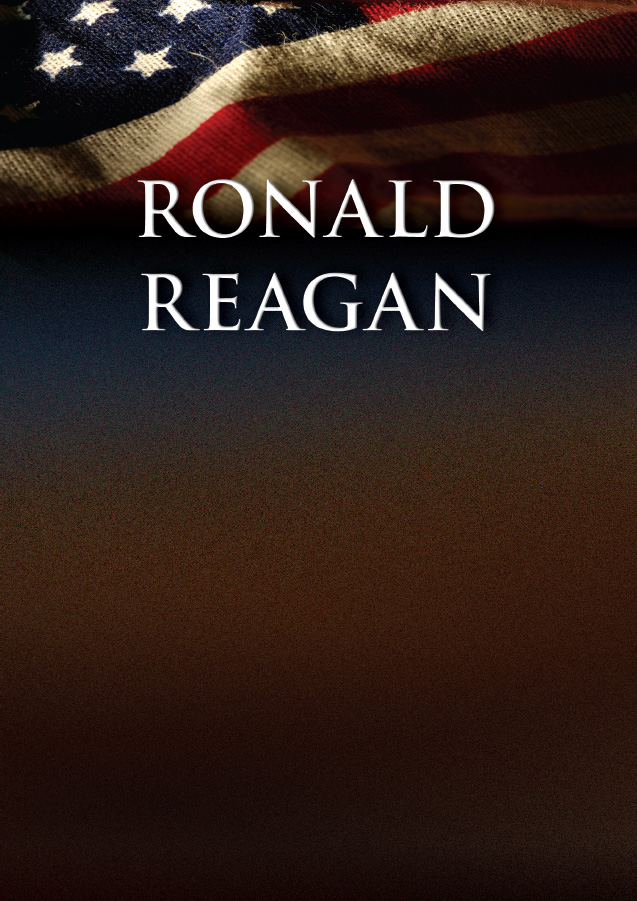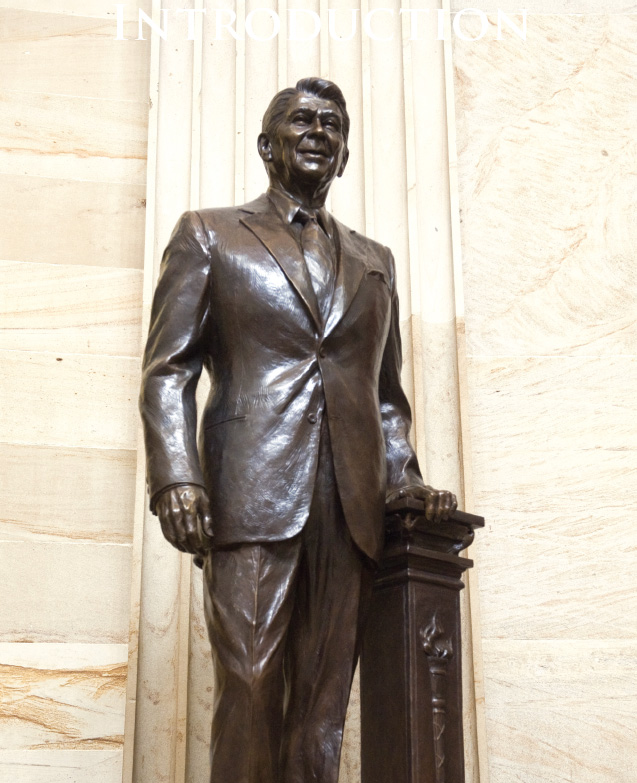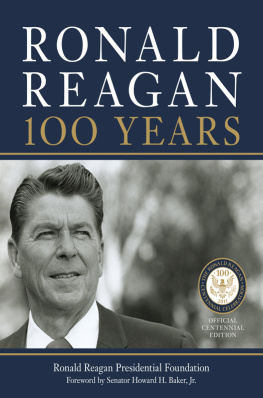

Published in 2013 by Britannica Educational Publishing
(a trademark of Encyclopdia Britannica, Inc.) in association with Rosen Educational Services, LLC
29 East 21st Street, New York, NY 10010.
Copyright 2013 Encyclopdia Britannica, Inc. Britannica, Encyclopdia Britannica, and the Thistle logo are registered trademarks of Encyclopdia Britannica, Inc. All rights reserved.
Rosen Educational Services materials copyright 2013 Rosen Educational Services, LLC. All rights reserved.
Distributed exclusively by Rosen Educational Services.
For a listing of additional Britannica Educational Publishing titles, call toll free (800) 237-9932.
First Edition
Britannica Educational Publishing
J.E. Luebering: Director, Core Reference Group, Encyclopdia Britannica
Adam Augustyn: Assistant Manager, Encyclopdia Britannica
Anthony L. Green: Editor, Comptons by Britannica
Michael Anderson: Senior Editor, Comptons by Britannica
Andrea R. Field: Senior Editor, Comptons by Britannica
Sherman Hollar: Senior Editor, Comptons by Britannica
Marilyn L. Barton: Senior Coordinator, Production Control
Steven Bosco: Director, Editorial Technologies
Lisa S. Braucher: Senior Producer and Data Editor
Yvette Charboneau: Senior Copy Editor
Kathy Nakamura: Manager, Media Acquisition
Rosen Educational Services
Shalini Saxena: Editor
Nelson S: Art Director
Cindy Reiman: Photography Manager
Marty Levick: Photo Researcher
Brian Garvey: Designer, Cover Design
Introduction by Shalini Saxena
Library of Congress Cataloging-in-Publication Data
Ronald Reagan/edited by Michael Anderson.1st ed.
p. cm.(Pivotal presidents: profiles in leadership)
In association with Britannica Educational Publishing, Rosen Educational Services.
Includes bibliographical references and index.
ISBN 978-1-61530-951-1 (eBook)
1. Reagan, RonaldJuvenile literature. 2. United StatesPolitics and government19811989Juvenile literature. 3. PresidentsUnited StatesBiographyJuvenile literature. I. Anderson, Michael, 1972
E877.R656 2013
973.927092--dc23
[B]
2012026713
On the cover, page 3: Behind the portrait of Ronald Reagan is a photograph taken at the Geneva summit in 1985, where he met for the first time with Soviet Premier Mikhail Gorbachev. Following the meeting, Soviet foreign minister Eduard Shevardnadze (seated, left) and U.S. Secretary of State George Shultz (seated, right) signed an agreement related to arms reductions, while the respective leaders looked on. U.S. Department of Defense (Reagan portait); AFP/Getty Images (Geneva summit).
Cover, pp. 1, 3 (flag) iStockphoto.com/spxChrome; pp. 5, 12, 26, 37, 47, 57, 63, 71, 74, 78, 79 Fedorov Oleksiy/Shutterstock.com


A statue of Ronald Reagan stands in the Rotunda of the Capitol in Washington, D.C. Tom Williams/CQ-Roll Call Group/Getty Images
Imagine for a moment the events of March 30, 1981: Ronald Reagan, the 40th U.S. president, has just been shot and seriously wounded, he is rushed to the hospital, and in the midst of chaos and paniche cracks a joke, quipping to doctors that he hoped they were all Republicans (the party with which Reagan was affiliated). As an actor-turned-governor-turned president, Ronald Reagan was no stranger to maintaining a public face, and it was perhaps his ability to maintain such calm under pressure that endeared him to so much of the country and, fittingly, earned him the nickname the Great Communicator. As with just about every president, Reagans time in office had both high and low points, but for many Reagan becameand remainsa representation of the American ideal. Reagans extraordinary journey, from sportscaster to actor, from governor to president, from liberal to conservative, is recounted in the following pages.
Reagans rsum was a varied one, to say the least, with entries that may not seem typical of a U.S. president; in fact, it may even seem that his political career came as a second act. Taken together, however, the three areas most significant to his lifeathletics, drama, and politicscomplemented each other, each revealing his ability and confidence in front of others. In college, Reagan indulged these interests, joining the football, swimming, and track teams, participating in productions by the drama club, and serving as president of his freshman class and then the student body.
After college, Reagan focused on a career in media and entertainment, first working as a radio sportscaster and later as an actor. Although he appeared primarily in supporting roles in B movies and on television, Reagan was active in Hollywood, serving as the president of the Screen Actors Guild for six terms. During his tenure, Reagan helped achieve several measures that benefited actors. However, it was also during this time that his anticommunist leaningswhich would remain a theme throughout his political careerbecame evident. He cooperated with the House Un-American Activities Committee, which attempted to eliminate communist influence in Hollywood by blacklisting actors, directors, and writers believed to have ties to communism.
Following this period, Reagans focus shifted increasingly to politics. He had been a lifelong Democrat like his father, but partly due to the influence of his wife, Nancy, Reagan became more conservative and officially registered as a Republican in 1962. His televised speech in support of Republican presidential candidate Barry Goldwater in 1964 launched him into the national political arena, and by 1966 he had attracted enough support to be elected governor of California.
Despite his successes as governor, Reagan failed in his attempts to win the Republican bid for the presidency in 1968 and 1976. By 1980, though, the political climate was right, and Reagan was elected the 40th U.S. president. His administration faced some major setbacks, including a severe recession and the infamous Iran-Contra scandal, in which arms were illegally sold to Iran in an effort to secure the release of American hostages in Lebanon. However, having overseen a period of economic growth and improved relations with the Soviet Union, Reagan regained much of his popularity by the end of his two terms.
Armed with the charisma of an actor and the confidence of a seasoned politician, Reagan emerged from his humble beginnings to pursue his greatest ambitions, thus fulfilling the promise of the American dream. Even after his passing, Reagan has remained a beacon of the Republican Party. Readers of this volume will learn about the personality and politics that shaped Reagans legacy and made him the pivotal leader he came to be.
I n a stunning electoral landslide, Ronald Reagan was elected the 40th president of the United States in 1980. A former actor known for his folksy charm and confident ease as a public speaker, the Great Communicator, as he was sometimes called, won the votes of divergent groups who had not traditionally supported the Republican Party. He defeated Jimmy Carter, the incumbent Democratic president, by an electoral vote of 489 to 49. In 1984 he was reelected with an unprecedented 525 electoral votes.






















